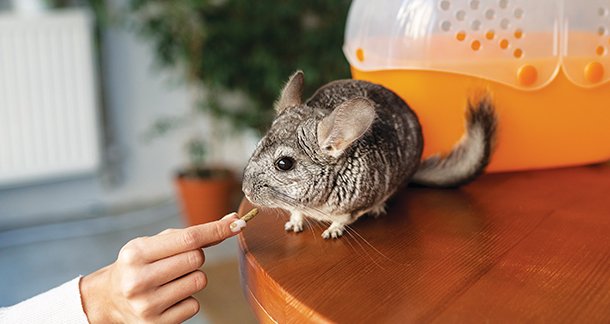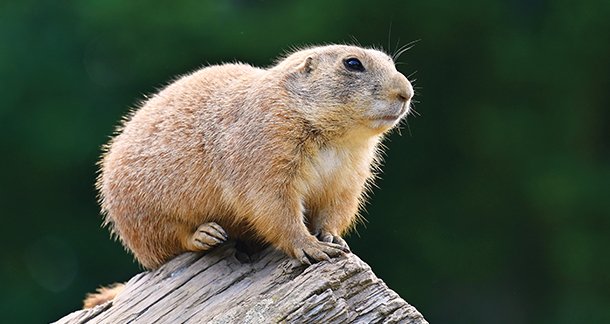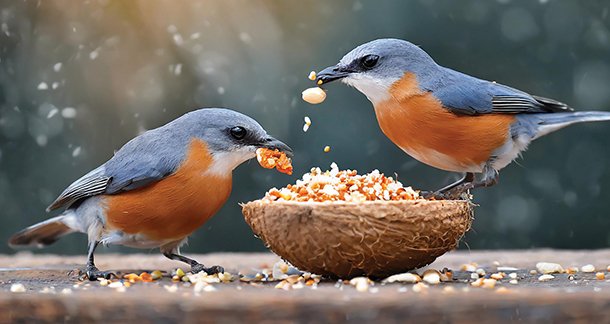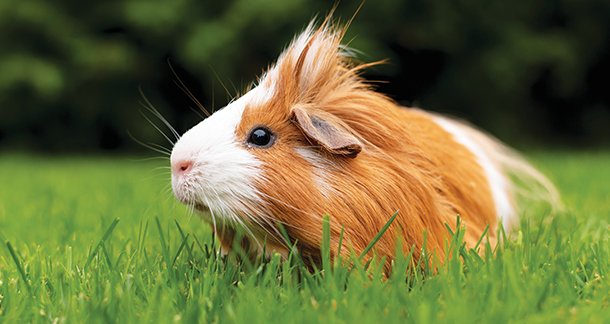What are small animals?
Small Animals do not refer to dogs or cats. They refer to domestic animals which are small mammals (such as rabbits,ferrets,rats,hamsters,guinea pigs,hedgehogs,sugar gliders,etc) and small birds, small reptiles, amphibians and fish.
Owning a small animal is a big responsibility, even though the small animal might be tiny,it is important to learn how to take care of them properly.
It includes understanding their environment and providing them with all the necessary tools and resources so that the animal can thrive.
Nutritional requirements of Small Animals:
A balanced diet provides the right amount of nutrients and energy to meet an animal’s needs at a specific life stage. Many small animals may have many things in common but all of them have specific habitat and dietary needs.
1.Rabbits, guinea pigs, chinchillas and degus:
They can be considered ‘fibrevores’ i.e. animals that graze little and often on plants that are high in fibre and low in energy.This is because fibre is by far the most essential part of their diet and is essential for their gut and dental health.
Rabbits, guinea pigs, and chinchillas need to keep their digestive systems busy with a mix of two kinds of fibre moving through the gut at all times. These types of fibre are called digestible fibre and indigestible fibre. They get this fibre mainly from good quality hay.
These small pets perform a digestive process that might seem rather odd to us humans, but for fibrevores, it’s all perfectly natural. It is called caecotrophy, which is a way in which small furries extract as much goodness as possible from their food. Simply put, they eat their droppings (caecotrophs), allowing many important nutrients to be ingested.
This is how the process works:

- Indigestible fiberis moved through their digestive system and excreted as separate, rounded, hard droppings. This type of fibre keeps the digestive system moving and their appetite stimulated.
- Digestible fibreis moved up into an organ called the caecum – which is like a giant appendix. Good bacteria in the caecum ferment the fibre, making it easy to digest. This emerges in the form of clumps of sticky droppings, known as caecotrophs. Then, while this might seem rather off-putting to us, fibrevores re-eat the caecotrophs directly from their bottom. This enables essential nutrients to be absorbed when the digestible fibre passes through for the second time.
Follow these 5 points while feeding your rabbit and guinea pigs.
- Good quality feeding hay or fresh grassis 80 to 90 percent of their diet.
- Supplement this with small portions of nuggets, which have been specifically formulated to ensure that your small pets get all the vitamins and minerals they need.
- supplementary snacks or treats high in indigestible fiber.
- Plus a small handful of fresh greens For rabbits,try broccoli, fennel, parsley and rocket, suitable fresh vegetables in small quantities. For guinea pigs, dish out half a curly kale leaf or a couple of dandelion leaves. For chinchillas, try a small cube of carrot, celery or sweet potato.
- Plenty of fresh water should be available 24/7.
Wild rabbits eat leaves and shoots of a range of vegetation, including crops. In winters, grass, bulbs, and bark. Pet rabbits need extremely high levels of fibre in their diet. High fibre foods help to keep their gut healthy and fibrous grasses help to prevent their teeth from overgrowing (dental filling might be needed by a professional vet).

Guinea pigs
Guinea Pigs are well known for their requirement for dietary vitamin C. Typically, a minimum supplementation of 200 mg/kg is recommended. Guinea pigs, just like us humans, can’t make their own vitamin C so they need extra in their diet for healthy skin, joints, and blood vessels. Calcium content should be moderated as not doing so can lead to urinary tract problems. Guinea pigs also require access to good quality forage and treats to help avoid dental issues.
Chinchillas
Wild chinchillas like to munch away on grasses, leaves, twigs, bark, roots, stems, and seeds, holding the food in their forepaws. These shy, super furry animals also have a very sensitive digestive system, so as pets, it is essential that we feed them a high fibre, low energy diet that replicates what they would feed on naturally to help them stay happy and healthy. Pet chinchillas are prone to selective feeding. So, when fed a muesli style diet, they pick out the sugary bits and leave behind the good fibre. Chinchillas are really sensitive to sugar, so this can lead to all kinds of health problems, including obesity. Feeding your chinchillas high fibre nuggets, instead of muesli, can help prevent these health issues.
Hamsters
They have a higher requirement of vitamin A than other pets .

2.Small Birds:
A bird’s diet should include a base of nutritionally complete pellets, along with fresh vegetables and fruits.
- Seeds-Small birds like canaries and finches need to eat up to 30% of their body weight in seeds each day. However, seeds high in oil can cause obesity.
- Minerals-Birds need minerals to maintain their beaks, claws, and bones. You can provide minerals through cuttlefish bones, oyster shells, or mineral blocks.
- Essential fatty acids-Linoleic acid is an essential fatty acid for birds. A deficiency in this acid can lead to poor feather development and skin problems.
- Fruits and vegetables-Birds can eat a variety of fruits and vegetables, including apples, bananas, grapes, kale, carrots, and broccoli. You should wash all fruits and vegetables thoroughly before feeding them to your bird.
- Commercial formulas-Non-seed eating birds can eat commercially prepared formulas. Some formulas can be fed dry, while others need to be made into a nectar.
- Avoid toxic foods-Avocado is toxic to birds and should never be fed to them. You should also avoid canned fruits and vegetables, which are high in sugar and salt.

